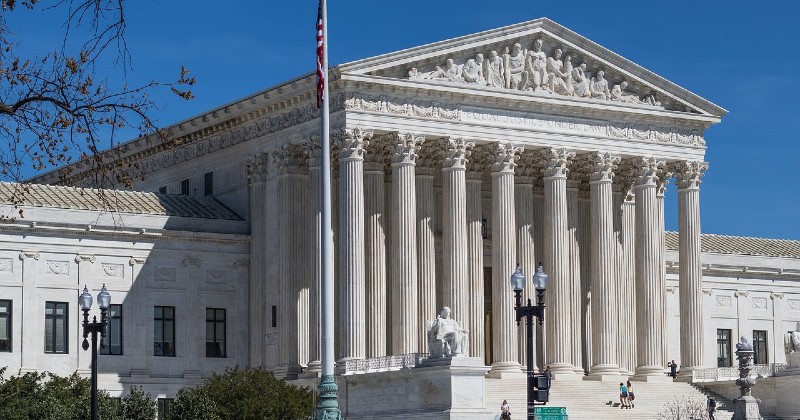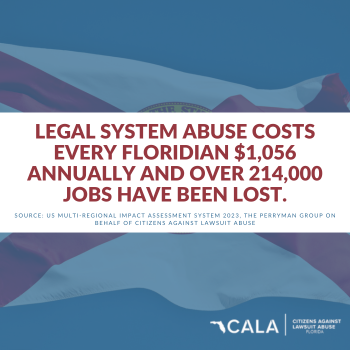Washington D.C.—The Supreme Court sided with the plaintiffs in Students for Fair Admissions v. President and Fellows of Harvard College and Students for Fair Admissions v. University of North Carolina, et al. on Thursday. These rulings state that both programs violated the Equal Protection Clause of the 14th Amendment and that universities must change their admissions criteria so as to not allow race to be considered as a factor unless they discuss how it materially impacted their life experience.
“Both programs lack sufficiently focused and measurable objectives warranting the use of race, unavoidably employ race in a negative manner, involve racial stereotyping, and lack meaningful end points,” Chief Justice John Roberts declared, writing for the majority in the 6-3 ruling. “We have never permitted admissions programs to work in that way, and we will not do so today.”
However, the high court did not rule against the mentioning of race or consideration of race when applicants discuss how their race impacted their character. The ruling states, “As all parties agree, nothing in this opinion should be construed as prohibiting universities from considering an applicant’s discussion of how race affected his or her life, be it through discrimination, inspiration, or otherwise.”
“In other words, the student must be treated based on his or her experiences as an individual—not on the basis of race,” the court’s majority continued.
The ruling met with immediate and impassioned dissent, both on the court and off. “This court has effectively ended affirmative action in college admissions,” President Biden said Thursday. “I strongly, strongly disagree with this decision.”
A reporter shouted a question after the briefing and asked, “Is this [the Supreme Court] a rogue court?” Biden slowly turned around and answered, “This is not a normal court.”
Understanding the Cases
Students for Fair Admission first brought the case against Harvard in 2014. They sued Harvard over its admissions process, arguing that Harvard violated the rights of the discriminated-against Asian applicants in its admissions process, in violation of the Constitution.
Harvard argued that their admission process was legal under previous precedents ruled by the Supreme Court. In its “Brief for Respondent” for the First Circuit Court of Appeals, the university justified its consideration of race in admissions: “Decades of experience and careful study have led Harvard to conclude that diversity ‘lead[s] to greater knowledge for everyone, as well as the tolerance and mutual respect that are so essential to the maintenance of our civil society.’”
Harvard uses race as a factor multiple times throughout the admission process. According to the summary of Harvard’s admission process, when applicants to Harvard are evaluated based on their academics, extracurriculars, athletics, and personal traits, race is considered. After each student is looked at individually, the full admissions committee begins its deliberations, it discusses the relative breakdown of applicants by race to ensure “there is no ‘dramatic drop-off’ in minority admissions from the prior class,” Harvard’s director of admissions said.
The last stage of the admission process is called the “lop,” where Harvard finishes curating the list of tentatively accepted students. The only four pieces of information in the “lop” process are “legacy status, recruited athlete status, financial aid eligibility, and race.” Harvard says that race is a positive determinative “tip” for a significant percentage of African American and Hispanic candidates.
This process led to significant disparities in acceptance rates for different races. The table below shows the acceptance rates at Harvard relative to their academic standing. This table was included in SFFA’s arguments against Harvard and shows Harvard acceptance rates by race and score on the academic portion of the application. Asian applicants in the top 10% of applicants, all having perfect 4.0 GPAs and near perfect ACT and SAT scores, were less likely to be accepted than African American applicants in the bottom 40% of applicants academically.
Arguments From Harvard and UNC
The precedent Harvard used to justify its methods is Grutter v. Bollinger, a case in which a prospective student argued that the University of Michigan Law School rejected her because they used race as a “predominant factor” and gave certain minority groups “significantly greater chance of admission than students with similar credentials from disfavored racial groups”.
The majority opinion for Grutter v. Bollinger in 2003 ruled that the “narrowly tailored use of race in admissions decisions” was allowed under the Equal Protection Clause of the 14th Amendment if it provided “compelling interest in obtaining the educational benefits that flow from a diverse student.”
Harvard argued that its use of race in admission did further educational benefits to its students. One example cited by the school was that adequate representation mitigated feelings of alienation for students of color and the diversity prepared Harvard’s student body to “assume leadership roles in the increasingly pluralistic society into which they will graduate.”
Harvard insisted it did not have any sort of racial quotas or “racial balancing” which had previously been banned by the Supreme Court in Regents of the University of California v. Bakke.
Arguments From Students for Fair Admissions
SFFA argued that this interpretation of the Equal Protections Clause and Title VI was incorrect in Grutter v. Bollinger and that it should be overturned. Quoting the Framers, they said Grutter, and therefore Harvard and UNC, violated the 14th Amendment: “Free government demands the abolition of all distinctions founded on color and race.”
In addition, they argued that Harvard did not adhere to the “critical mass” precedent set in Grutter.
In SFFA’s petition to the First Circuit Court they claimed that “Though critical mass is the only concept this Court has ever approved, Harvard does not share that goal, use that metric.”
Another aspect of SFFA’s argument was that not only did Harvard and UNC’s admission practices help Hispanics and African Americans, but they also hurt Asian applicants. They citedEditSign Harvard’s own Office of Institutional Research, which found “evidence that Asians are disadvantaged in the admissions process” and concluded that there was statistically significant evidence that “being Asian American is ‘negatively correlated’ with admission.”
These arguments led to the majority opinion from the Supreme Court concluding, “Because Harvard’s and UNC’s admissions programs lack sufficiently focused and measurable objectives warranting the use of race, unavoidably employ race in a negative manner, involve racial stereotyping, and lack meaningful end points, those admissions programs cannot be reconciled with the guarantees of the Equal Protection Clause.”
This article was originally published by RealClearPolitics and made available via RealClearWire.









